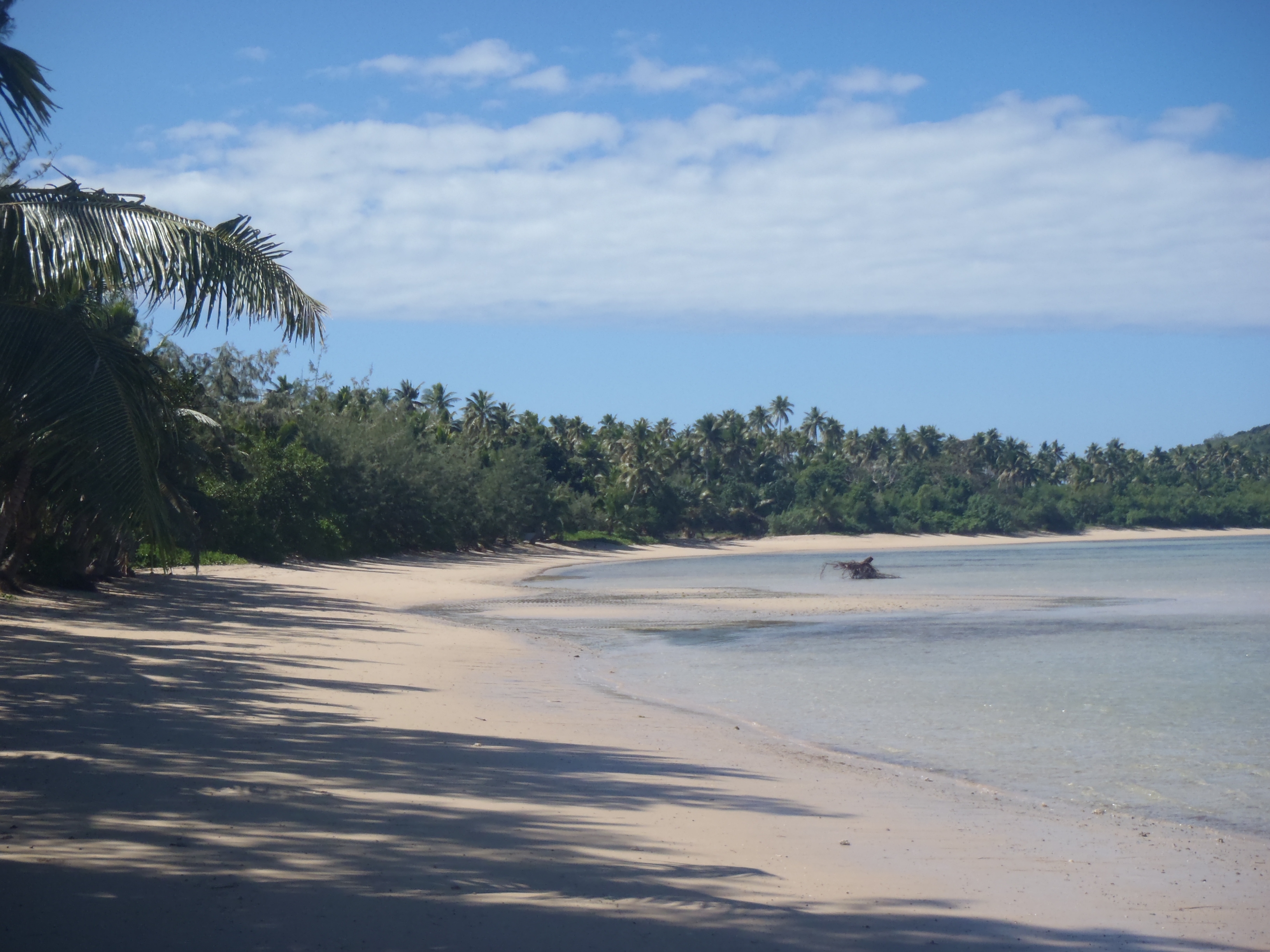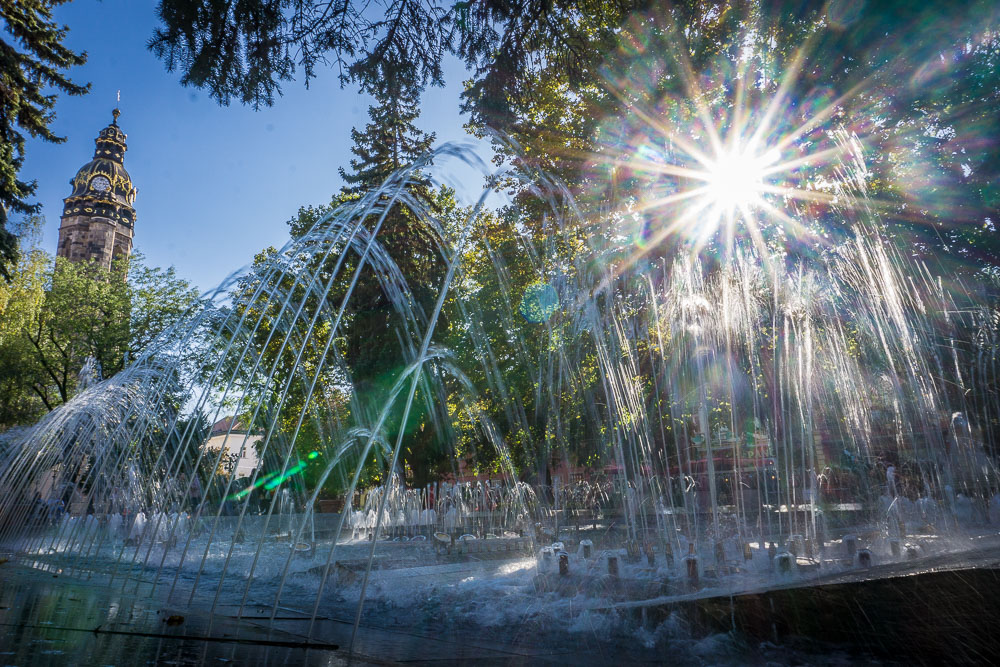Fiji is high up on my list of ‘must-visit’ destinations. In this guest post Matthew Nunn explains why the South Pacific should be on every traveller’s itinerary.
Conjuring up images of the South Pacific, people often picture perfect white sandy beaches, palm trees, blue skies and clear water. However, travel photography is an art, and like all paintings the artist has used his brush to refine and tweak his masterpiece to impress. This is not to say tropical island paradise will disappoint, it is more likely to exceed even the dreamiest of expectations, but come prepared for a more complete experience instead of just laying on your beach towel with the shore lapping the soles of your feet. This is a good thing though, and here’s why.
Cities and Urban Areas
Many people forget that these islands tick by on the normal weekly work routine; people live here and make their living here. So out of the resorts and the traditional villages there will be noisy, polluted, and in many cases deteriorated urban settings. An example is Nadi, home to the international airport in Fiji. The streets are messy, the shopping amenities are convoluted and the traffic screeches and stalls. However, out of this are the great local genuine experiences. You can eat at the restaurants and cafes that the locals eat at, and you flounder in the markets as you realize how enjoyably out of your depth you are when trying to test a local’s haggling abilities. It’s also a great place to pick up some advice, away from the travel agencies who have an agenda or event to plug, the locals will always be keen to show off their own country. Pick up your essentials for your stay as well, as having arrived in the country its best to quickly adapt and discover what you will need before you get to the touristy areas which will charge you double.
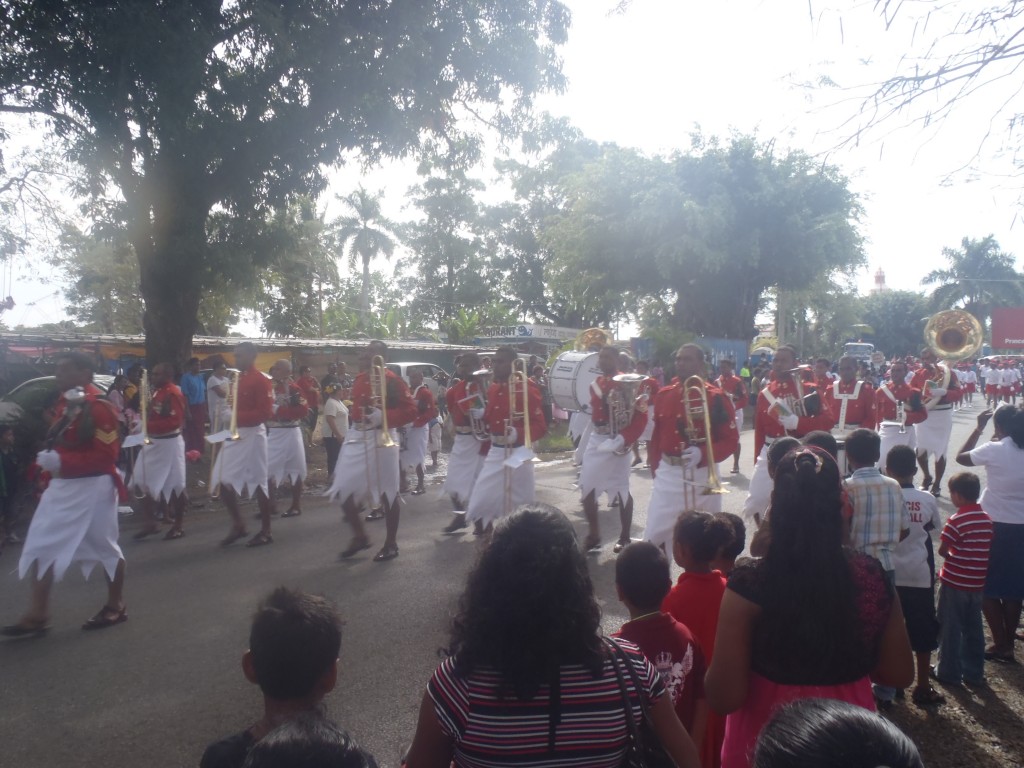
Beaches
The sand’s not always fine, soft and white and the sea bed is not always free of rocks and seaweed. But this all adds to the experience, it’s a real island rather than a purpose built resort, and in many cases the blend of the rocks and seaweed with the more pristine stretches of beach give the islands character and break up the monotony. These features also provide great habitats and living environments so if you’re looking to hunt out the local marine life then look out for these signs. Having said all of this, the South Pacific doesn’t earn its reputation lightly, and if you’re looking for the picture postcard experience, then you’ll certainly find it here. What is a welcome surprise is the abundance of opportunities, you’re not just relying on the resorts location to provide you with the best beach. The islands, despite often being very small, are largely uninhabited save for a couple of villages and therefore a little exploration can unearth some stunning slices of paradise, all for yourself.
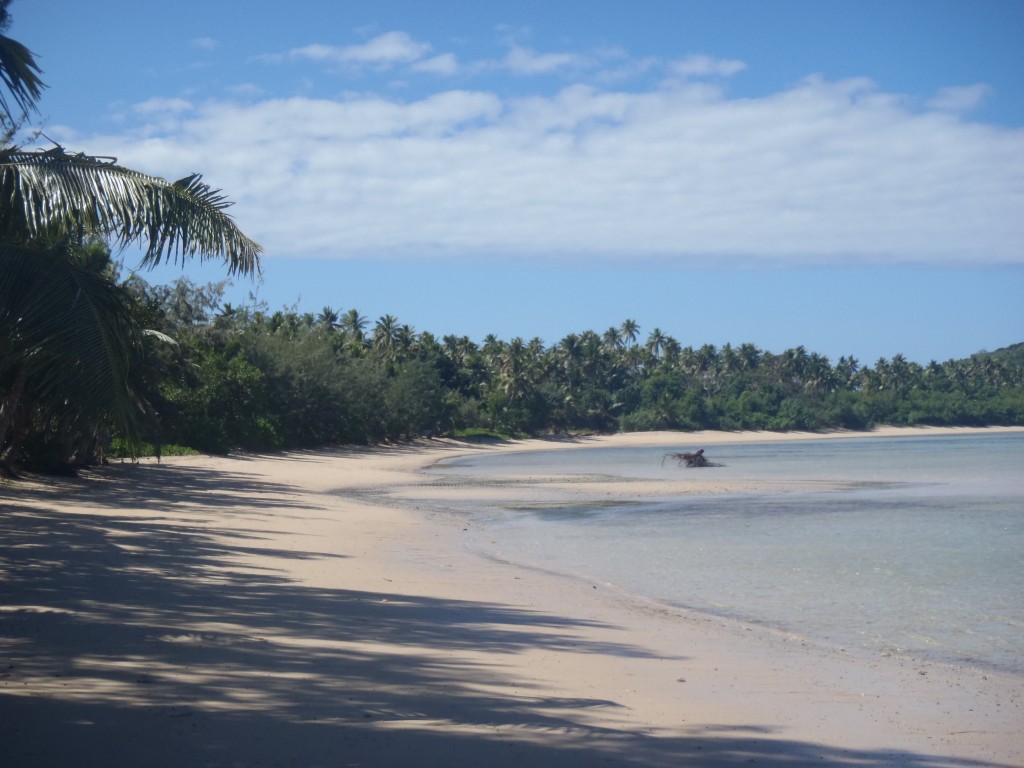
Villages
Strolling through the villages on the islands can be a hugely varied and intriguing experience. There won’t just be the typical straw roofed hut, but everything from well-placed churches atop the nearest hill, rusting and bent basketball hoops, pig stys, to charming little benches snugly stashed under a shady tree. The dynamism of it all hits you as well, passing local villagers (‘bula’ essential!) along the network of jungle paths leading to the village, to the washing line lazily swinging in the breeze is a great window in on the life of such island dwellers.
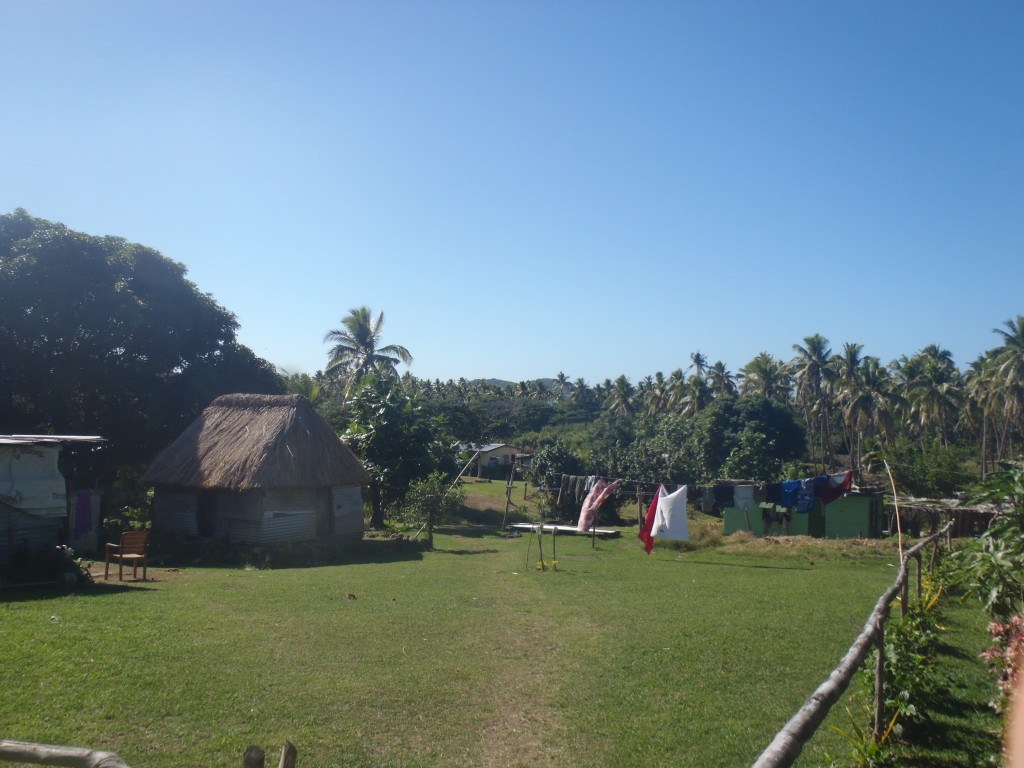
Locals
A couple of days spent in the South Pacific will teach you that the Fijians take one thing seriously; their friendly reputation. Bula (hello) and Vinaku (thank you) are used so frequently throughout the day it becomes second nature, and the happy go-lucky attitude of the Fijians is almost as enviable as their homeland. There is often much activity going on, from local parades and festivals to impromptu volley ball games, of which you will always be invited to partake in.
Surprisingly, there is a large Indian population on the Fijian Islands, mainly due to the effects of being a former British colony. We were told the British were astonished at their failings to transform an indigenous population from their laid back life, mainly content with fishing and providing for their basic needs but little other work (don’t blame them!). Therefore the British decided they needed to expand the local workforce and encouraged the immigration of Indians to help them develop the country. This creates a unique blend of populations, and there are many areas that each race typically dominates. If you jump in a cab or walk into a shop it’s likely to be an Indian serving you, if you stay at a hotel or see a fishing boat sail by then it’s more often than not a Fijian.
The Cuisine
Aside from the curries and fresh fish I struggled with local Fijian food. A curry from the many Indian cafes in Nadi were flavoursome despite much of the meat still being on the bone, but at the prices you pay there’s hardly room for complaint. The Fijians obviously have a taste for the delights served up from the local marine store, and seeing the days catch being hauled in dangling from a stick supported atop the shoulders of two local fishermen is a hunger inducing site. Aside from this though, Fijian food features a lot of vegetables unfamiliar to the normal Western tourist and through being cooked underground in the traditional style much of this tastes fairly dried out. Avoid any bowl full of tiny chillies about the size of a pin, unless you’re used to eating a vindaloo for breakfast every morning back at home!
Author Bio – Having travelled on an extensive RTW trip in 2011, Matthew is now a travel blogging enthusiast. This year will be more focussed on Europe, starting off with his Sardinia holidays and exploring around Italy.

